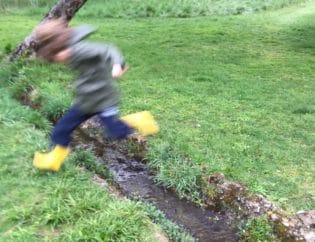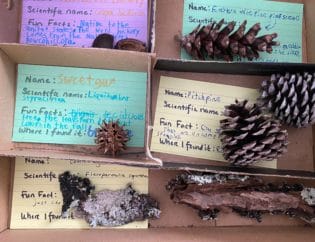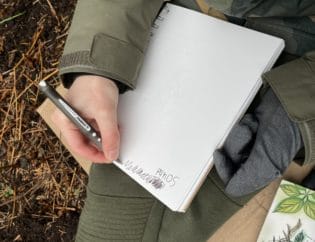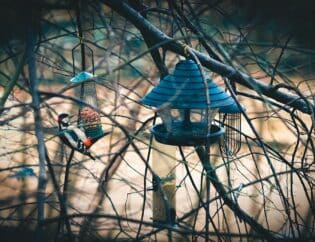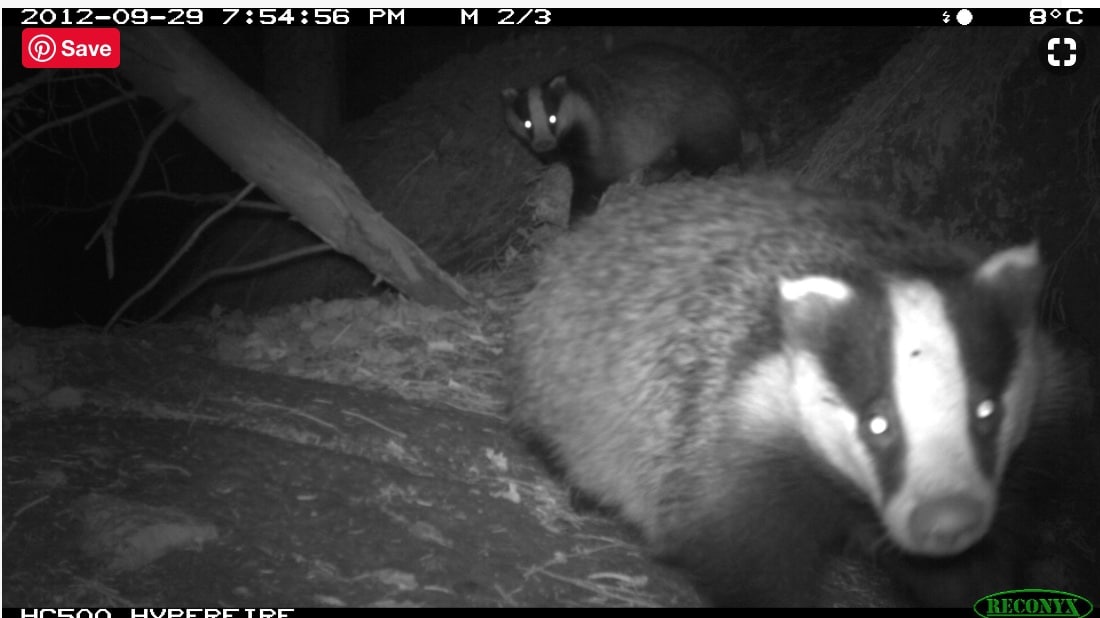
If your kids love furry critters, encourage them to bring that passion to the scientific world by capturing wildlife in camera traps and monitoring wild mammals.
UK project, MammalWeb is a citizen science platform intended to collate, validate and curate camera trap data that can inform researchers about the distribution and ecology of mammals. The site collates data from motion-sensing "camera traps", set up to photograph and monitor wild mammals. These cameras don't trap animals - but they take pictures of animals that pass in front of them. To gain good coverage, lots of camera traps are needed, as well as help to identify what's in them.
Participating in MammalWeb isn't just a fun activity for kids. It has been shown to help kids with mammal ID. In one UK school using the site for a school project, children used camera traps to detect wildlife visiting their schools and were able to identify twice the number of UK mammals by the end of the project.
For US camera trappers, take a look a eMammal, a data management system and archive for camera trap research projects from the Smithsonian. This cyber-tool is designed to not only be useful to scientists, but also to the citizen scientists who aid scientists in photo collection. Camera trappers use eMammal's software to look at pictures, identify animals and upload them for review and archive at the Smithsonian. It's a great way for kids to practice species ID and get a look at actual field photos. The data your child provides helps address important conservation-related questions.
Both eMammal and MammalWeb provide excellent resources for learning the skill of camera trapping and species ID.


